Search
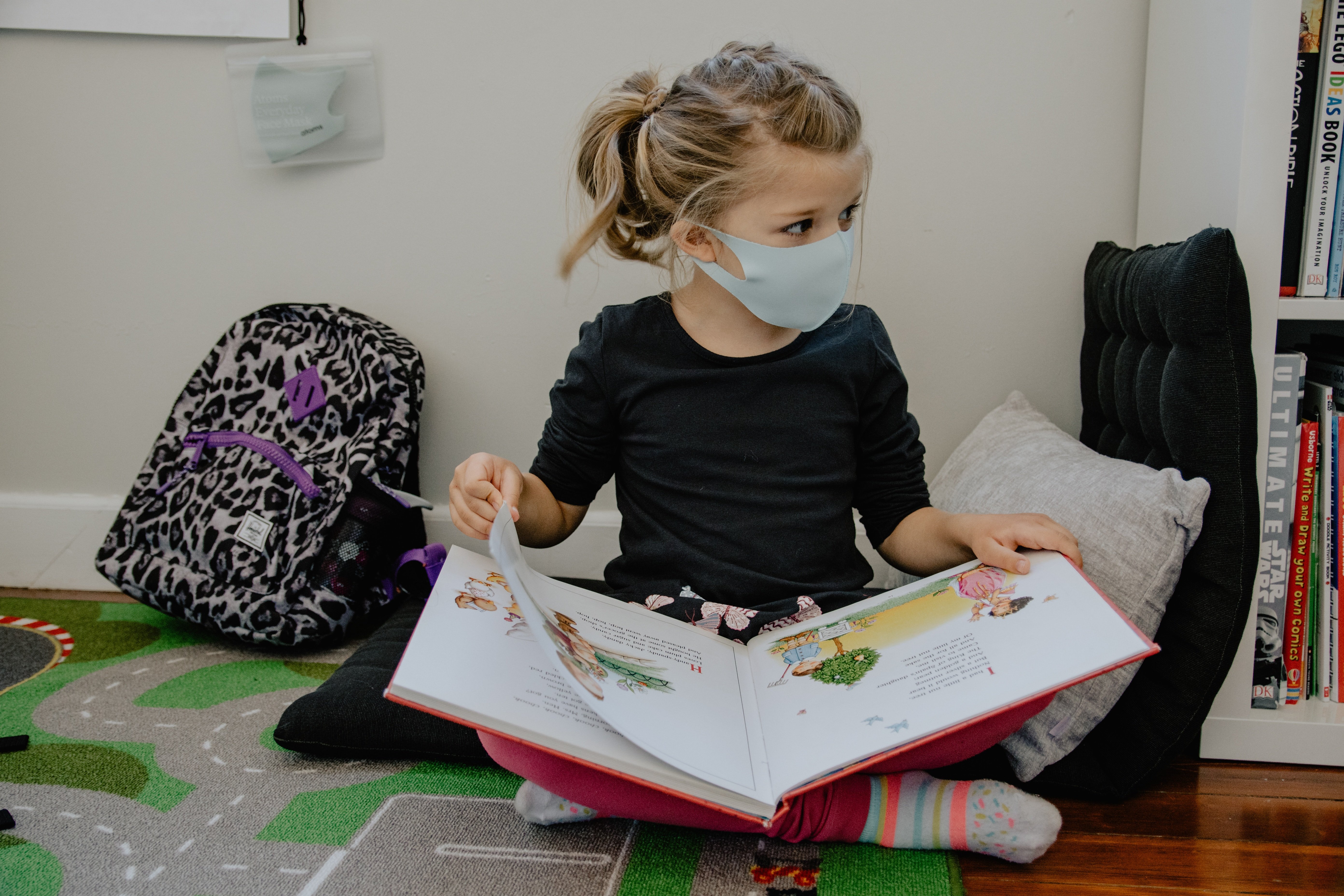
News & Events
Child has COVID? A reminder to think ORIGINS!ORIGINS is on the lookout for our Long COVID Study. As we enter a new wave of COVID in the community, we would like to remind participants to 'think
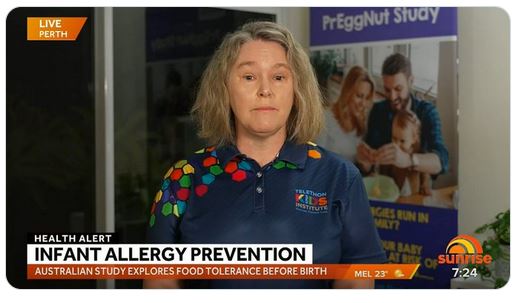
News & Events
Changing advice for parents on food allergiesDr Debbie Palmer spoke to Ch7 Sunrise about the changing advice for parents about the development of food allergies in kids.

News & Events
Recruitment of active participants comes to an end for ORIGINSORIGINS has officially reached the study's five-year goal of recruiting 4,000 active participants to the project and has closed recruitment of new families into the active cohort.
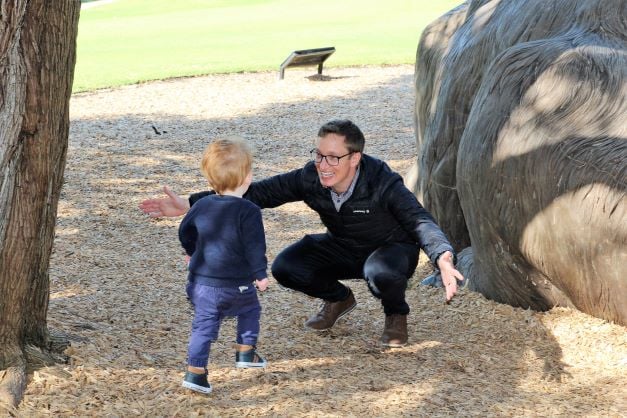
News & Events
HBF and ORIGINS Helping Fathers to FlourishA new partnership with HBF will help fathers in their transition to parenthood

News & Events
Sharing the ORIGINS story on ABC DriveORIGINS chats to Geoff Hutchison about the impact of the study
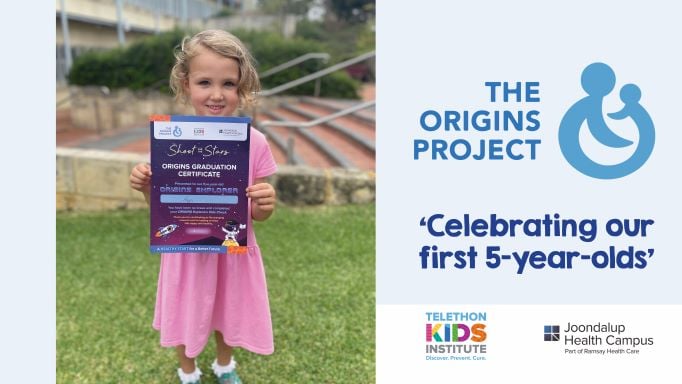
News & Events
Now We Are Five - ORIGINS celebrates milestoneORIGINS is celebrating its first five-year-old 'graduates'.
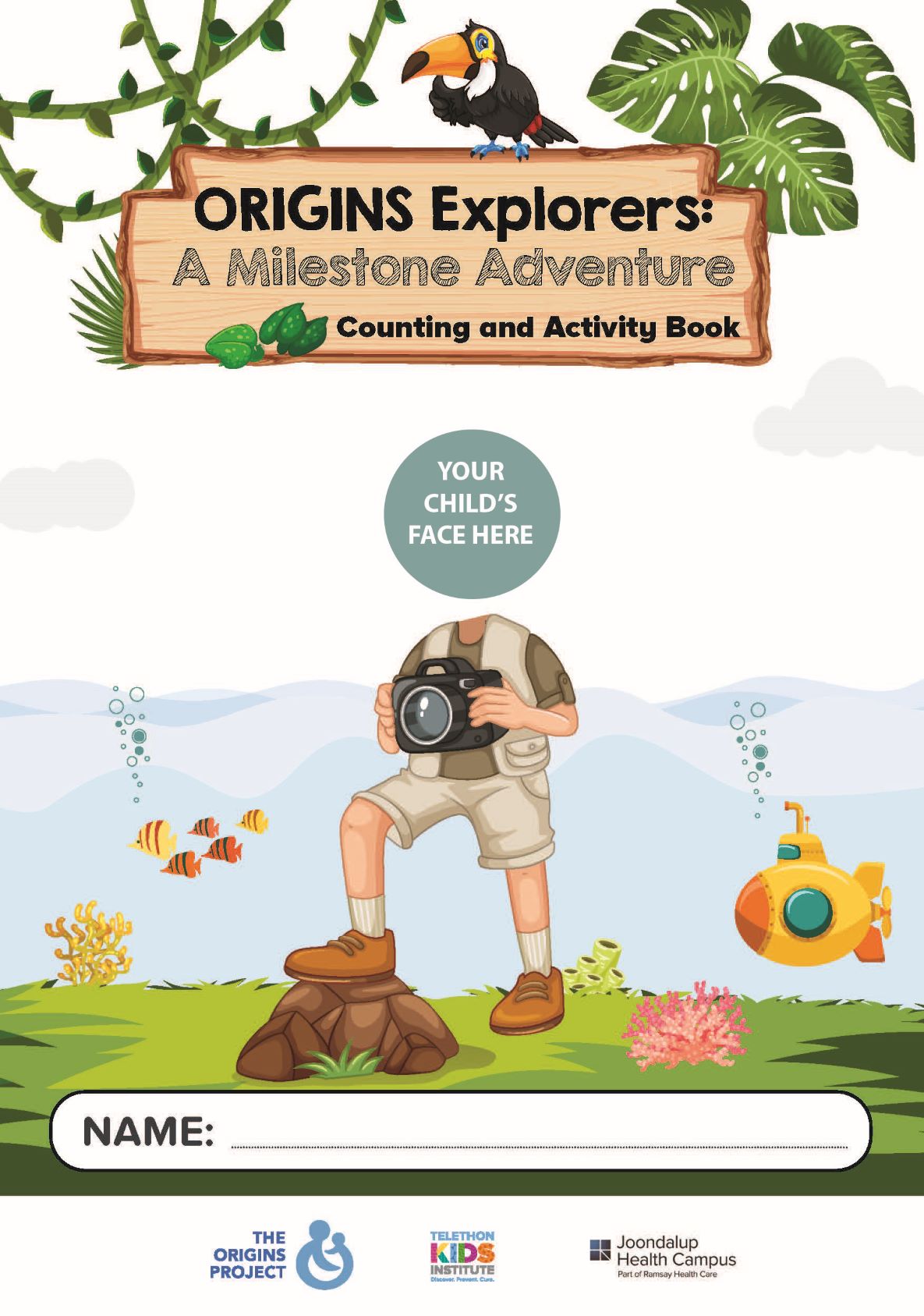
News & Events
ORIGINS Adventures at the Telethon Family FestivalWe loved seeing so many families at the ORIGINS marquee at the Telethon Family Festival at Optus Stadium

News & Events
Child health and obesity the focus of international built environment studyResearch data from more than one million Australian and Welsh children will be examined to help better understand how the built environment affects child health and obesity, as part of an international research project to be co-led by The Kids Research Institute Australia.
News & Events
Q&A with Dr Michael MosleyDr Michael Mosley recently visited The Kids Research Institute Australia to talk about DOHaD and the importance of good gut health.

News & Events
What to eat and drink during pregnancyORIGINS dietitian Sarah Whalan discusses what to eat and drink when pregnant in The Joondalup Times.
